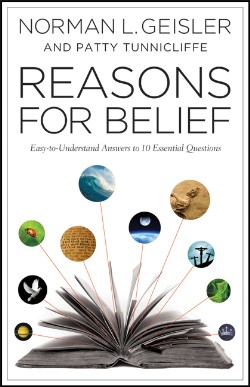Korean New Testament
$12.99
This contemporary Korean New Testament is available in a quality paperback binding and an easy-to-read 10-point type size. It features the Korean Living Bible translation, which employs an interpretive and free translation philosophy to facilitate ease of reading and comprehension. There are also additional study helps included, making this Bible ideal for both outreach and for personal use.Features:Complete New Testament text of the easy-to-understand Korean Living Bible translationA plan of salvation article explains how to become a Christian and what it means to follow JesusA table of weights and measures helps to clarify biblical terms10-point type size
in stock within 3-5 days of online purchase
SKU (ISBN): 9780310451761
ISBN10: 0310451760
Translation: Foreign
Language: Korean
Color: Full Color
Binding: Paper
Published: July 2019
Publisher: Zondervan
Print On Demand Product
Related products
-
1st Nations Version An Indigenous Translation Of The New Testament
$39.99The First Nations Version (FNV) is a retelling of the Creator’s Story–the Scriptures–following the tradition of the storytellers of these oral cultures. While remaining faithful to the original language of the New Testament, the FNV is a dynamic equivalence translation that captures the simplicity, clarity, and beauty of Native storytellers in English.
Add to cartin stock within 3-5 days of online purchase
-
High Definition King James Version Of The New Testament
$69.26Using a Greek Concordance and an English dictionary, almost every word in the KJV New Testament has been looked up and its expanded, clearer definition superimposed over the KJV word.
Add to cartin stock within 3-5 days of online purchase
-
New Testament In The Original Greek Byzantine Textform 2018
$33.31The present volume displays the Greek New Testament according to its historically dominant transmissional form, known as the Byzantine Textform. In view of the significance of this text throughout the centuries, this compact edition should be of value to student and scholar alike for academic, personal, and ministerial purposes.
Most modern critical editions of the Greek New Testament present an eclectic form of text that primarily represents the localized Alexandrian-based manuscripts. Other available editions exhibit forms of the so-called Textus Receptus or the lectionary-based Patriarchal (Antioniades) version of the Greek Orthodox Church. In contrast, the present edition reflects the regularly utilized consensus found among Greek continuous-text manuscripts that span the extensive geographic realm of the Byzantine Empire throughout at least its thousand-year history.
An apparatus at the foot of the page displays all differences between the Byzantine consensus main text and the Nestle-Aland 27th and 28th editions, as well as differences appearing in the Editio Critica Maior for the book of Acts. Alternative Byzantine readings are noted in a separate apparatus when the primary Textform is significantly divided.
The 27 New Testament books are ordered according to early canonical lists, with the General Epistles following Acts, and Hebrews placed between Paul’s letters to churches and to individuals.
The present edition thus provides an affordable Greek New Testament in flexible binding that conveniently fills a particular textual void in relation to research, study, and practical ministry.
Add to cartin stock within 3-5 days of online purchase














Reviews
There are no reviews yet.